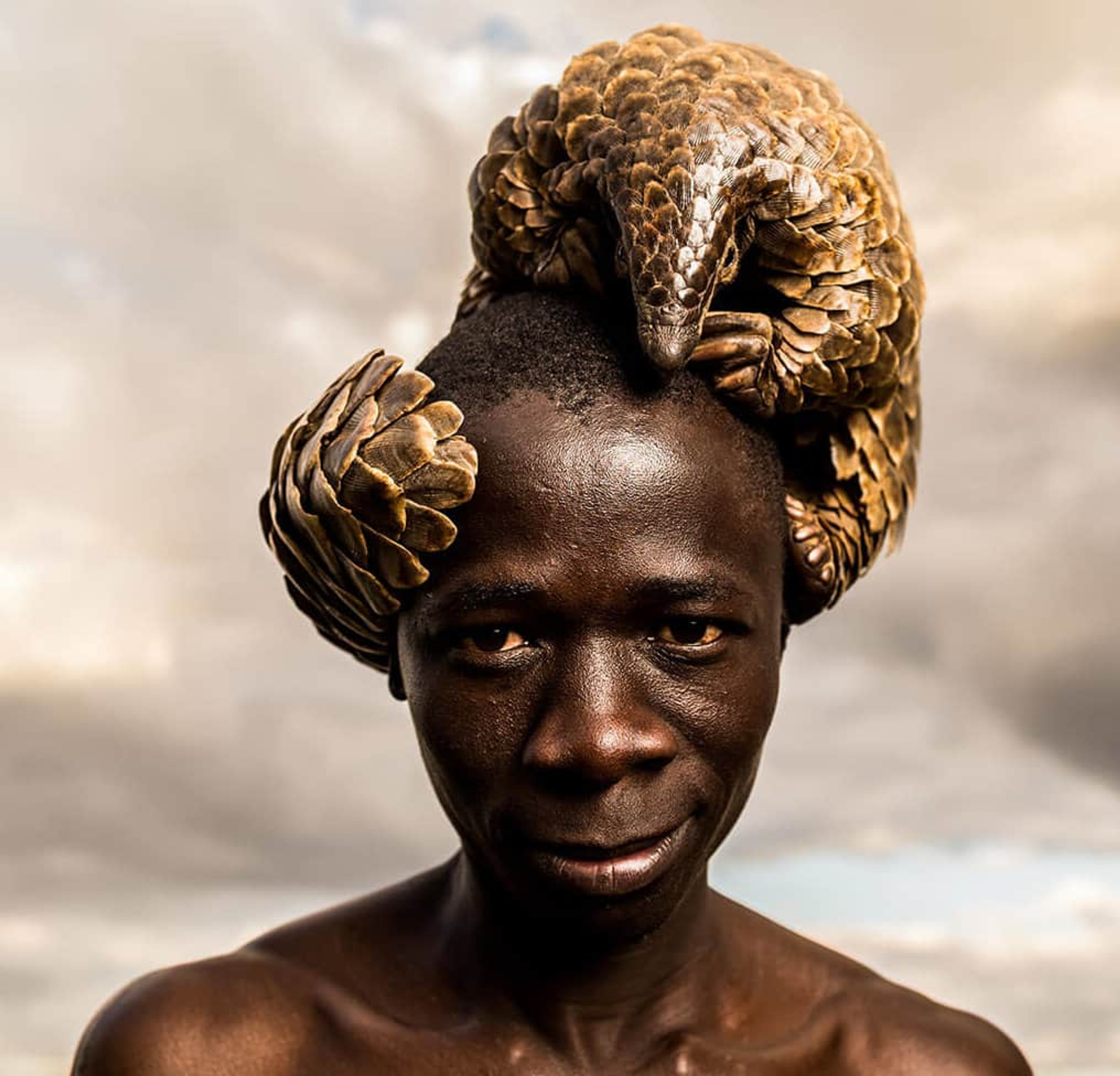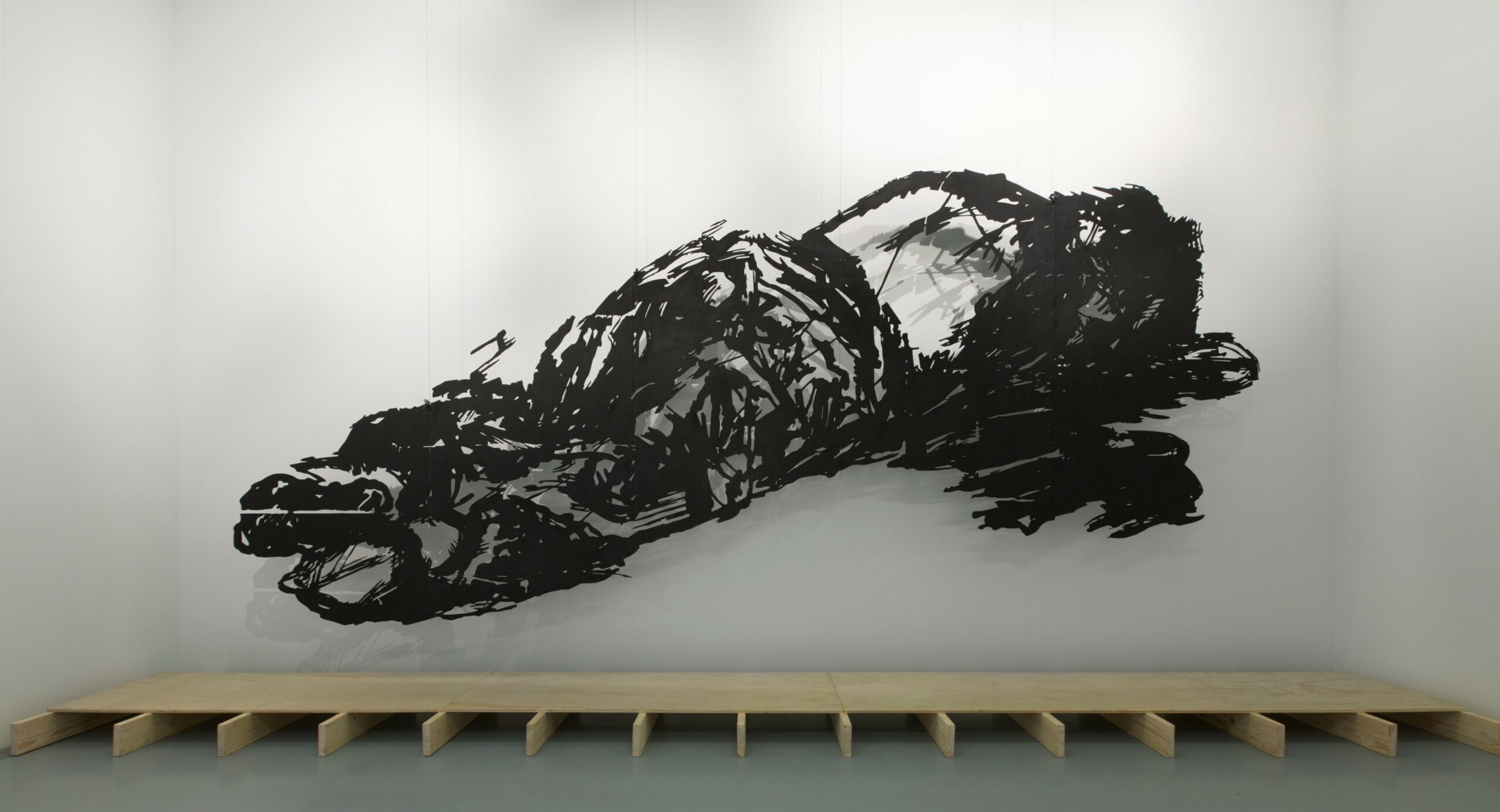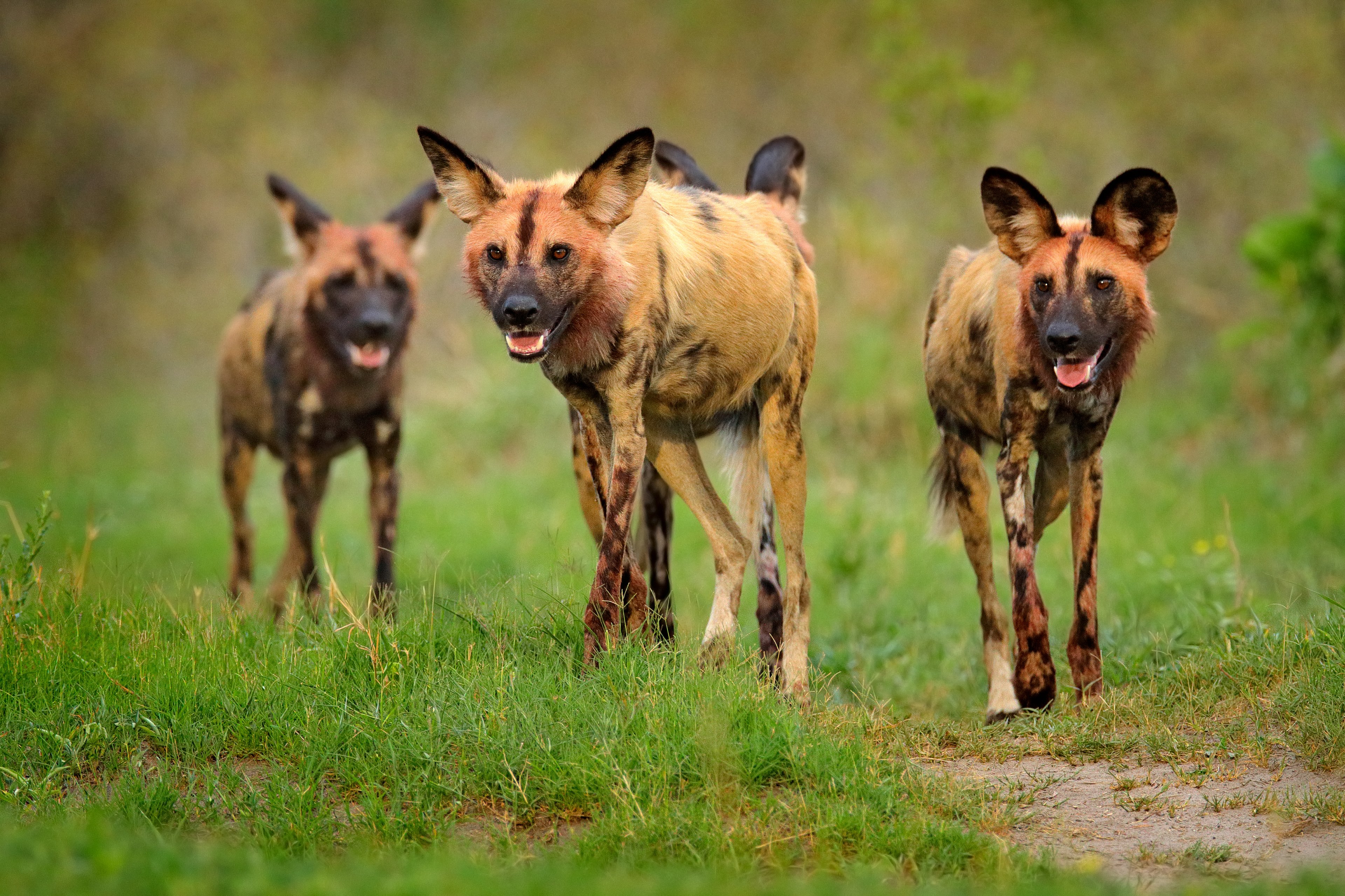To doubt the genius of nature is to never have seen the beauty of a pangolin in the flesh.
Also known as a scaly anteater, this prehistoric animal is both doe-eyed and toothless, with a small head and an extremely sticky tongue that can extend the full length of its body. Oft likened to an "artichoke on legs" thanks to an armor of large, overlapping, plate-like scales that cover their entire body, pangolins cut a humble figure with their Charlie Chaplin gait and a tendency to clasp their incredibly strong front claws together like a worried old man.
But perhaps their most endearing characteristic—and one that has contributed to their near extinction—is their ability to roll up into a spiky ball when under threat. Sadly, this defense mechanism allows poachers to simply pick up the frightened animal and sell it on for its keratin scales, falsely believed to cure everything from sexually transmitted diseases to cancer, stroke, asthma, enhanced lactation for breast feeding women and even deafness. The demand for pangolin scales, their meat and even unborn fetuses is such that it is now officially the most trafficked animal in the world. In 2016, world leaders in conservation voted unanimously to ban the pangolin trade, and all eight species of pangolins, found in both Africa and Asia, have been escalated to "threatened status" in terms of extinction.





